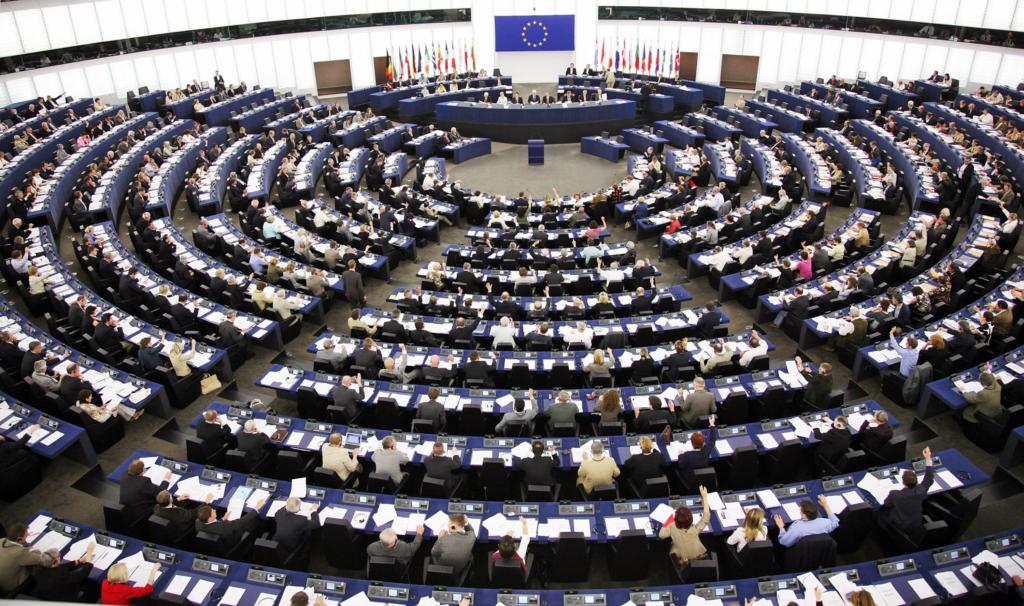the European Parliament
The crypto market turned green in the first week of July.
The price of bitcoin gained 7.4% and ethereum’s price rebounded a whopping 15.2% this month. Cardano ADA is up 5.2%, XRP XRP 6.9%, solana 17.2%, dogecoin 8.9%, BNB BNB 14.2%. On the flip side, Terra’s “luna 2.0” fell another 4%.
Meanwhile, last week, the EU struck a provisional deal on a groundbreaking set of crypto rules. Known as Markets in Crypto-Assets (MiCA), the landmark law is set to come into effect in 2023 and become the world’s first regulatory framework for digital assets.
“Today, we put order in the Wild West of crypto assets and set clear rules for a harmonized market that will provide legal certainty for crypto asset issuers, guarantee equal rights for service providers and ensure high standards for consumers and investors,” said Stefan Berger, an European Parliament member who is in charge of MiCA.
Zooming Out
Here’s a quick run-through of key MiCA and other crypto provisions the EU agreed on.
For starters, the EU’s watchdogs will closely monitor crypto for signs of market manipulation and insider trading to protect investors from Ponzi schemes and so-called “rug pulls”. Crypto providers will have to comply with strict requirements and will be held responsible for any market abuse.
Then the EU is seeking to ban all stablecoins that aren’t backed by a liquid reserve at a 1-to-1 ratio and don’t have a presence in the EU. The holders of compliant stablecoins will also have a right to redeem their tokens free of charge at any time.
“Every so-called “stablecoin” holder will be offered a claim at any time and free of charge by the issuer, and the rules governing the operation of the reserve will also provide for an adequate minimum liquidity. Furthermore, all so-called “stablecoins” will be supervised by the European Banking Authority (EBA), with a presence of the issuer in the EU being a precondition for any issuance,” the MiCA press release stated.
On top of that, the European Parliament agreed on a separate set of rules on crypto traceability that imposes traditional finance-like reporting standards on crypto. The bill aims to ensure that all crypto transactions are traceable “from the first euro sent”.
“The agreement extends the so-called “travel rule”, already existing in traditional finance, to cover transfers in crypto assets. This rule requires that information on the source of the asset and its beneficiary travels with the transaction and is stored on both sides of the transfer. Crypto-assets service providers (CASPs) will be obliged to provide this information to competent authorities,” reported the Council of the European Union.
Under this bill, crypto holders will have to report all transactions and transfers between exchanges from “un-hosted wallets” that exceed 1,000 EUR.
Looking Ahead
MiCA is paving the way for a global crypto regulatory framework. And its provisions may be a sign of what is to come in the rest of the world, which is a double-edged sword for crypto investors.
On one hand, the industry welcomes the deal because such regulation could boost crypto adoption among institutional stakeholders and give crypto providers a “passport able” license to scale across the bloc.
On the other, if MiCA and EU crypto traceability-like rules become the global standard, they will defeat the original promise of crypto as a decentralized and anonymous alternative to fiat currencies.
Stay ahead of the crypto trends with Meanwhile in Markets
Every day, I put out a story that explains what’s driving the crypto markets. Subscribe here to get my analysis and crypto picks in your inbox.
Author
Administraroot


